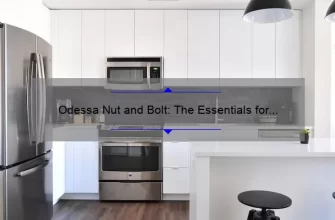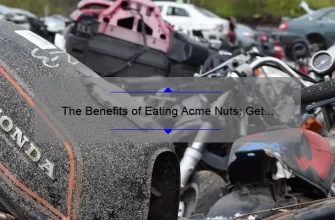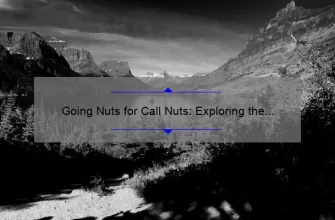The clutch has a vital role in a manual transmission vehicle’s performance. It connects the engine to the transmission, facilitating seamless gear shifts and power transfer.
Like any other mechanical part, the clutch is subject to wear and tear over time. Moreover, this component is much more prone to deterioration because it has to withstand constant friction. To prevent this problem, drivers need to prolong a clutch’s lifespan. Here are a few essential tips to avoid frequently replacing or repairing a clutch by effectively preserving the longevity of this device.
- Master Smooth Clutch Engagement
- Avoid Resting Your Foot on the Clutch
- Optimize Shifting Techniques
- Release the Clutch Fully When Stationary
- Opt to Change Gears Only When Required
- Avoid Excessive Accelerations and Heavy Towing
- Drive Carefully on Steep Climbs
- Keep Your Clutch in Top Shape with Routine Checks
Master Smooth Clutch Engagement
Becoming adept at smoothly engaging the clutch is crucial in prolonging its life. When shifting gears, avoid sudden and aggressive movements that can stress the device unnecessarily.
Instead, try to engage the clutch pedal gently and gradually, ensuring it connects and disconnects without applying excessive force or experiencing slippage. Doing so can reduce wear on the clutch disc and enjoy a smoother driving experience.
Avoid Resting Your Foot on the Clutch
One of the most common mistakes that lead to premature clutch wear is “riding” or leaving the foot on the clutch pedal while driving. This habit keeps the clutch partially engaged, causing slippage, heat generation, and wear on the clutch components.
Prevent this issue by fully depressing the clutch pedal when not used. This allows the clutch to disengage entirely, reducing wear and heat buildup.
Optimize Shifting Techniques
Proper shifting techniques can significantly impact the lifespan of your clutch. Abrupt and forceful gear changes can cause unnecessary strain on the clutch mechanism.
Adjust the engine speed to match the transmission speed when shifting gears to practice smooth and synchronized shifting. This technique, known as rev-matching, reduces clutch slippage and minimizes deterioration of this mechanical part.
Release the Clutch Fully When Stationary
Partially engaging the clutch for extended periods can cause needless wear on the device. Additionally, sustaining the vehicle in a half-clutch state demands increased effort and energy.
Fully release the clutch pedal while waiting at traffic lights or when the vehicle is parked. Make it a habit of putting the car into neutral gear during these instances. You can also apply the handbrake to diminish the pressure on the clutch disc when you are not driving.
Opt to Change Gears Only When Required
Avoid unnecessary gear changes by practicing anticipation. Look as far ahead as possible while driving to understand upcoming hazards, changes, and road conditions. By anticipating what lies ahead, you can adjust your speed early and maintain a suitable pace, reducing the need for constant acceleration, deceleration, and frequent gear shifts. This approach promotes safer and more efficient driving, and minimizes wear on your clutch and gearbox.
Avoid Excessive Accelerations and Heavy Towing
Aggressive and reckless driving habits, such as rapid and constant hard accelerations, can significantly impact the lifespan of your clutch. Excessive acceleration puts strain on the clutch components, leading to premature wear.
Similarly, towing or carrying heavy loads beyond the vehicle’s recommended capacity can overstress the clutch mechanism. Ensure you drive safely and responsibly, avoid unnecessary heavy loads, and adopt smooth acceleration techniques.
Drive Carefully on Steep Climbs
Driving on steep inclines requires extra care. Avoid holding the vehicle on hills using only the clutch pedal, as this can cause significant wear on the mechanism. Instead, engage the handbrake or parking brake to hold the vehicle in place, allowing you to release the clutch pedal fully. This eliminates unnecessary friction and clutch slippage.
Keep Your Clutch in Top Shape with Routine Checks
Avoid often replacing or repairing a clutch by keeping it in good condition through regular inspection and maintenance. Periodically check for signs of clutch slippage, strange noises, or difficulty shifting gears. If you notice any issues, have your vehicle inspected by a qualified mechanic. Additionally, keeping an eye on the clutch fluid level and replacing the clutch fluid when necessary can help maintain optimal performance and prevent premature wear.
Adopting these good driving habits and following these valuable tips can minimize deterioration and extend the life of your clutch. Remember, taking care of this mechanical component will keep your car expenses down and ultimately result in your vehicle’s reliable and efficient operation for many years.







